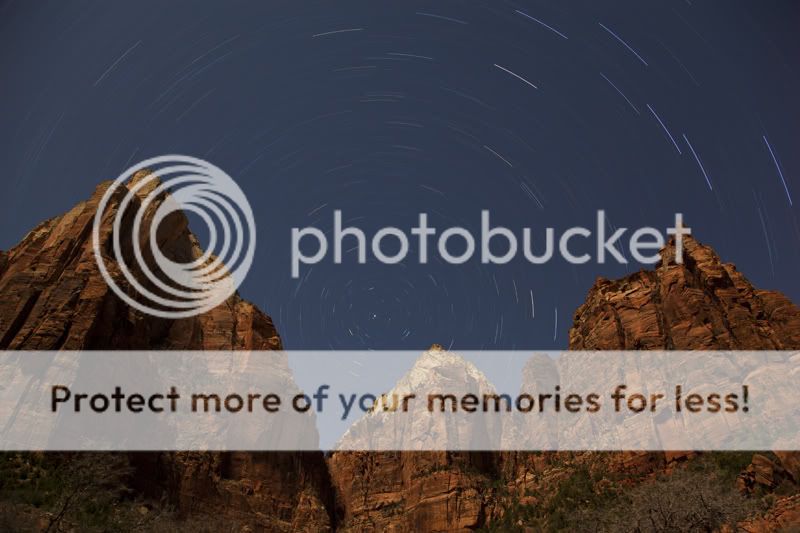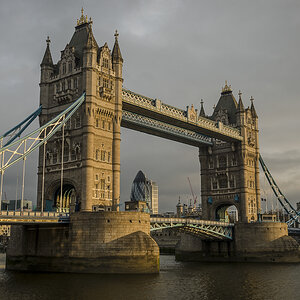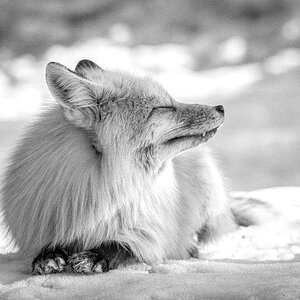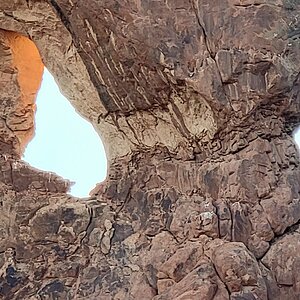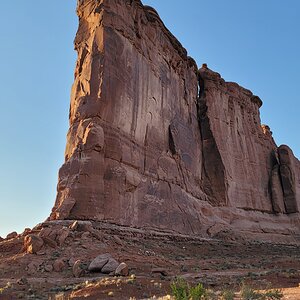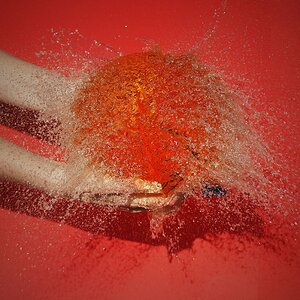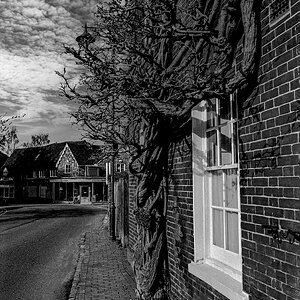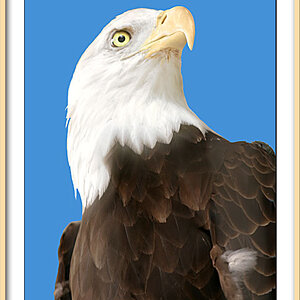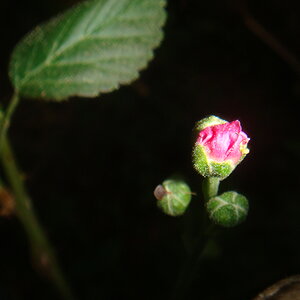LittleMike
No longer a newbie, moving up!
- Joined
- Feb 17, 2010
- Messages
- 295
- Reaction score
- 29
- Location
- Utah
- Can others edit my Photos
- Photos OK to edit
Got this last night at the Court of the Patriarchs in Zion N.P.. It's a single 40min 40 sec exposure. My goal with this was to try and make it look like the stars were being shot out of one peak, and captured by the other. It also seems to give me a little of a claustrophobic feel, like I want to cower below the peaks. C&C please!
